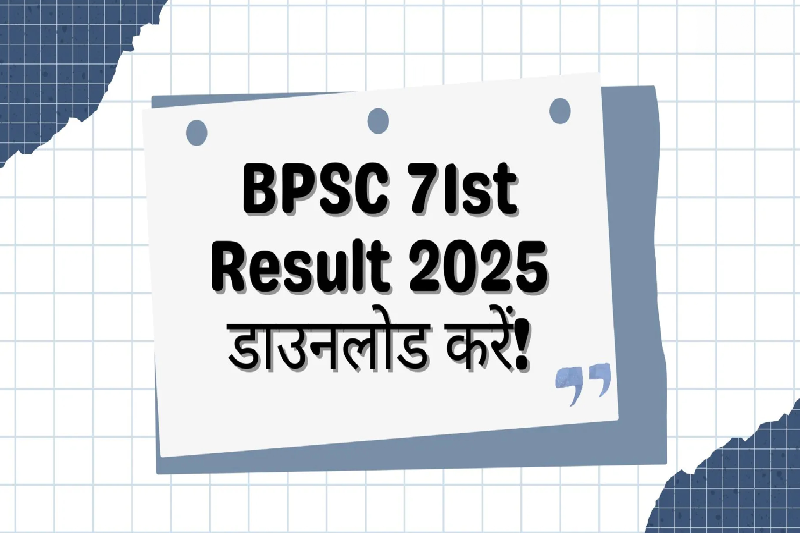
Strong Response to Engineering Admissions Round 1; Round 2 Seat Allocation Awaited
The engineering admission season in Maharashtra has begun on a strong note, with a large number of students confirming their seats during the first round of the Centralized Admission Process (CAP). Colleges across Nagpur and other parts of the state have reported encouraging numbers, particularly in technology-driven branches such as computer science, artificial intelligence, cybersecurity, and data science. As students and institutions now await the announcement of vacant seats for the second round, early trends indicate a growing preference for computer-related courses while traditional engineering streams see a slow but notable revival.
Round 1 Admissions: High Demand for Computer Science Branches
The first round of engineering admissions commenced on July 26, 2025, following the release of the provisional merit list on July 31. The admission window remained open until August 3, allowing candidates to confirm their seats in various state engineering colleges.
According to colleges in Nagpur, nearly 85% of seats across institutions have been taken up by students opting for computer science and allied branches. These include highly sought-after specializations such as Artificial Intelligence (AI), Machine Learning (ML), Data Science, and Cybersecurity. This growing inclination reflects the industry’s strong demand for technology professionals, with job prospects in software development, AI-based solutions, data analytics, and cybersecurity expected to continue expanding.
Several colleges reported that computer science seats were filled almost immediately after admissions opened, leaving limited availability for subsequent rounds. This pattern is consistent with previous years, where technology-driven courses have topped student preferences.
Second Round Vacant Seat List Awaited
Despite the positive response in the first round, many students are now eagerly waiting for the list of vacant seats for the second round of admissions. As of Tuesday night, there was no official update on available seats, creating a sense of anticipation among candidates who are hoping to secure seats in preferred colleges or switch to their desired branches.
According to the initial schedule, the second round of admissions is expected to conclude by August 14. This window will allow students to revise their choices, fill out fresh preference forms, and upgrade their seats based on availability.
Experts suggest that while most of the computer science-related seats have been filled, a number of seats in core engineering branches and less in-demand colleges may become available, providing opportunities for students who were unable to confirm admissions earlier.
Renewed Interest in Core Engineering Branches
While computer science dominates the admission charts, professors and admission coordinators across colleges have noticed a gradual comeback of traditional engineering disciplines such as Mechanical Engineering, Electrical Engineering, Electronics, and Telecommunications. Over the last few years, these core branches had seen a decline in demand due to limited job openings compared to IT-related fields.
However, recent technological advancements, particularly in the electric vehicle (EV) sector and sustainable energy solutions, are reviving interest in these foundational disciplines. Professors point out that mechanical and electrical engineers are essential in designing, manufacturing, and maintaining new-age vehicles and energy systems, creating fresh opportunities for graduates in these fields.
Although the ratio between computer science and core engineering admissions remains heavily skewed — with 85% of seats in tech-related branches — this shift hints at a balanced demand in the coming years.
Flexibility for Students in Subsequent Rounds
The state’s Centralized Admission Process is designed to give students flexibility in finalizing their college and branch preferences. Even for students who confirmed admissions in Round 1, the system allows opportunities to switch to a better-ranked college or preferred branch in Rounds 2 and 3, provided seats are available.
Some students deliberately kept their choices on hold in the first round, waiting to see which colleges and branches become vacant in the next phase. This strategy allows them to aim for top institutions or specializations that were unavailable in Round 1 due to high demand.
College admission cells have advised students to stay alert and regularly check updates on the official CAP portal to avoid missing deadlines for seat allotments in subsequent rounds.
What Lies Ahead for Engineering Admissions 2025
With the second round yet to be announced, stakeholders expect a competitive scramble for the remaining computer science seats, while many students may reconsider core engineering branches with promising future prospects. Given that the admission process continues until mid-August, there is still time for candidates to refine their preferences and secure admissions in their desired courses.
Industry trends strongly suggest that computer science and emerging tech fields will continue to dominate engineering education in India. However, the growing emphasis on EV technology, renewable energy, and advanced manufacturing could bring traditional engineering disciplines back into focus in the next few admission cycles.
Conclusion
The first round of engineering admissions for the academic year 2025-26 has set a positive tone, with a large number of students successfully securing seats early in the process. While technology-related branches remain the top choice, a slow but steady resurgence in demand for core engineering disciplines reflects the evolving needs of India’s industrial sector.
As the state gears up for Round 2, the final seat allotment lists will determine whether more students can secure their preferred colleges or branches. With ongoing flexibility in the admission process and new career opportunities emerging across engineering domains, the coming weeks will be crucial for thousands of aspirants seeking to shape their engineering journeys.



